In this article, we will learn how to generate automatic email alerts in Excel. In the banking or financial system, we have to deal with a lot of information. And we also need to inform clients about important deadlines. But it is not possible to send emails manually as there are a lot of customers. So, it is important to generate automatic email alerts. In Excel, we can do this task easily. So, without any delay, let’s start the discussion.
Generating Automatic Email Alerts in Excel: 2 Easy Ways
To demonstrate the method, we will use the following dataset that includes emails of various people, as well as the deadlines they must meet for various reasons. We will show you 2 easy ways of generating automatic email alerts in Excel.
1. Use Power Automate to Generate Automatic Email Alerts in Excel
We can generate automatic email alerts by using the Power Automate application of Microsoft 365. Let’s see the steps to learn the method.
STEP 1: Make Dataset Ready
- We will work with the following dataset mentioned before.
- Here, we will send email alerts automatically according to the deadline.
- Firstly, you need to make a table from your dataset.
- So, select any cell of the dataset and press Ctrl + T.
- Instantly, a dialog box of Create Table is showing.
- Here, automatically, the range of the table is selected as the range of the dataset.
- Now, press OK to generate the table.
- As a result, a table is formed.
- Save your Excel file on OneDrive for Business or SharePoint.
- After saving, go to the Microsoft 365 application.
STEP 2: Launch Power Automate Application
- In the following step, click on the following icon to open Power Automate.
- In the following step, we will open up the Power Automate application.
- So, click on All apps to see the list of apps of MS 365.
- After that, select the Power Automate application.
- In Power Automate, click on Create and then choose Scheduled Cloud Flow.
- After that, give a name to the power flow.
- Here, we have given the name Automated Email Alert.
- We want the alerts to send out daily.
- That’s why we have selected Repeat every 1 Day.
- Then, click on Create to proceed.
STEP 3: Link Between Power Automate and Excel
- Now, we have a single step of Recurrence.
- After that, we need to add other steps below that.
- Therefore, click on New Step to add other steps.
- After that, choose List rows present in a table from the Actions tab.
- If you do not see this option, you can also search in the search box.
- After that, to select Location, click on the drop-down menu of the Location.
- Then, select OneDrive For Business from there.
- Similarly, select OneDrive for Document Library.
- Next, navigate to the file location and select the file.
- We have saved our Excel file in the Softeko folder.
- That’s why we have selected it.
- Now, select the table name containing your dataset.
- Before, we have named the table as Table 1 in Excel.
- Therefore, we have selected Table 1.
- In the following step, click on Show Advanced Options to choose advanced options.
- After opening the Advanced Options, type in the Filter Query field:
<span style="font-size: 12pt;">Deadline eq'</span>. - Then, click on ‘Add dynamic content’ and it will open a floating wizard.
- From the wizard, go to the Expression tab and enter this formula in the formula bar:
formateDateTime(convertFromUTC(utcNow(),'Central America Standard Time'),'yyyy-MM-dd')- After writing the formula end with
'.
- After that, set the DateTime Format to ISO 8601.
STEP 4: Extract List of Emails
- In the next step, we need to get a list of emails so that each person only gets one email.
- Therefore, select Next step and in the search box type ‘select’ and choose it from the list of Actions.
- After that, click on Add dynamic content and choose Value from the list.
- Then, click on the Text icon after selecting the Map option.
- Now, search Email in the search bar and select Email from the list.
STEP 5: Compose Extracted List of Emails
- Similarly, add another step and search Compose in the search bar.
- Then, select Compose from there.
- Instantly, Compose operation will be shown and click Add dynamic content.
- Then, in the Expression bar write the following formula:
union(body(‘Select’),body(‘Select’))- Then, click OK to proceed.
STEP 6: Add Control to Each Email
- In the next step, we will add a Control operation in the flow.
- So, select Control.
- Then, select Apply to each from the Actions tab.
- Then, click on the box below Select an Output from previous steps.
- After that, select Outputs using Add dynamic content icon.
STEP 7: Extract Data for Each Email
- Now, we will add actions under Apply to each action.
- So, click on Add an action.
- Now, we will add the Filter array action.
- So, search filter array in the search bar and select Filter array.
- After that, select Value from the wizard occurred after clicking on the following icon.
- In the next field, choose to Add dynamic content icon and select ‘Email’ from there.
- Similarly, select the Current item in the following field.
STEP 8: Generate HTML for Sending Email Alerts
- In the following step, we will generate HTML for Email.
- Therefore, click on Add an action and search Create HTML Table on the search box.
- Then, select Create HTML Table from there.
- In the From field, click on the box and then press on Add dynamic content icon.
- From the floating wizard, select Body.
- After that, click on Show advanced options.
- Now, more fields can be visible.
- From the Columns field, select Custom to select the custom column of the table.
- Now, we will enter names for the columns that we want in your table names in the Header column.
- Therefore, in the 1st column of the Header field, write Deadline.
- And, in the 2nd column, write the following formula in the Expression bar:
formatDateTime(item()[‘Deadline’],’MMM d,yyyy’)Here, we will format the value of the Deadline column in the definite format.
- Similarly, we will add another column named Topic.
- And, we will set the value of the column by writing the following formula in the Expression bar:
item()[‘Topic’]STEP 9: Automatically Create Email in Outlook Application
- Similarly, we will add another action named Send an email (V2).
- In the following step, click on the To field and click on Add dynamic content icon.
- From the floating wizard, select the Current item from the list.
- After that, write the subject of the mail in the Subject field.
- Then, in the Body field, press on Add dynamic content icon and select Output from the list.
- Moreover, you can choose advanced options by clicking on Show advanced options.
- Now, select Save.
- Finally, your flow is ready.
- You can test your results by clicking on the Test button.
- So, select Manually to manually test the flow.
- Finally, open the Outlook application to observe the automated sent email alerts.
Final Output
- Here, you can observe a sample message on the Outlook application.
2. Send Automatic Email Alerts from Excel Worksheet Using VBA
We can generate automatic email alerts by using VBA Code. Let’s see the steps to learn the method.
STEPS:
- We will work with the following dataset mentioned before.
- Here, we will send email alerts automatically according to the deadline.
- If the deadline is between 1 and 7 days, we will generate an automated email alert.
- Firstly, to open the VBA Macro, press Alt + F11.
- Alternatively, click on the Developer tab.
- Then, select Visual Basic from there.
- Instantly, Microsoft Visual Basic for Application window will be shown up.
- From the Insert tab, select the Module option.
- To send reminder emails automatically, paste the following VBA codes in the module:
Public Sub SendReminderMail()
'Declare the variables
Dim XDueDate As Range
Dim XRcptsEmail As Range
Dim xMailContent As Range
Dim xRngDn As Range
Dim xCrtOut As Object
Dim xValDateRng As String
Dim xValSendRng As String
Dim k As Long
Dim xMailSections As Object
Dim xFinalRw As Long
Dim CrVbLf As String
Dim xMsg As String
Dim xSubEmail As String
On Error Resume Next
'To select the date column insert a input box
Set XDueDate = Application.InputBox("Select the column for Deadline/Due Date date column:", "ExcelDemy", , , , , , 8)
If XDueDate Is Nothing Then Exit Sub
'Insert a input box for selecting the recipients
Set XRcptsEmail = Application.InputBox("Choose the column for the email addresses of the recipients:", "ExcelDemy", , , , , , 8)
If XRcptsEmail Is Nothing Then Exit Sub
'To enter the text mail, insert a input box
Set xMailContent = Application.InputBox("In your email, choose the column with the reminded text:", "ExcelDemy", , , , , , 8)
If xMailContent Is Nothing Then Exit Sub
'Count rows for the due dates
xFinalRw = XDueDate.Rows.Count
Set XDueDate = XDueDate(1)
Set XRcptsEmail = XRcptsEmail(1)
Set xMailContent = xMailContent(1)
'Set command to open MS Outlook Application
Set xCrtOut = CreateObject("Outlook.Application")
'Apply For loop to conduct the operation in each row one by one
For k = 1 To xFinalRw
xValDateRng = ""
xValDateRng = XDueDate.Offset(k - 1).Value
'Apply If condition for the Due Date values
If xValDateRng <> "" Then
'Condition set to send mail if the difference between due dates and current date is greater than 1 and less than 7 days
'Means 1 < X< 7, X = Due Date - Current Date
If CDate(xValDateRng) - Date <= 7 And CDate(xValDateRng) - Date > 0 Then
xValSendRng = XRcptsEmail.Offset(k - 1).Value
'Create the subject, body and text contents with the required variables
xSubEmail = xMailContent.Offset(k - 1).Value & " on " & xValDateRng
CrVbLf = "<br><br>"
xMsg = "<HTML><BODY>"
xMsg = xMsg & "Dear " & xValSendRng & CrVbLf
xMsg = xMsg & "Text : " & xMailContent.Offset(k - 1).Value & CrVbLf
xMsg = xMsg & "</BODY></HTML>"
'Create the email
Set xMailSections = xCrtOut.CreateItem(0)
'Define the position to place the Subject, Body and Recipients Address
With xMailSections
.Subject = xSubEmail
.To = xValSendRng
.HTMLBody = xMsg
.Display
.Send
End With
Set xMailSections = Nothing
End If
End If
Next
Set xCrtOut = Nothing
End Sub- After saving, press F5 to run the program.
- Alternatively, you can also run the program by clicking on the following icon.
- After running, an input message box will float up.
- So, we have to select the column of the deadline.
- Therefore, we have selected the D5:D10 range and pressed OK.
- After that, another input message box will float up.
- Then, we have to select the column of the mail address.
- Therefore, we have selected the B5:B10 range and pressed OK.
- Now, the final input message box will float up.
- So, select the column of the Topic.
- Therefore, we have selected the C5:C10 range and pressed OK.
- As a result, all of your emails will be sent as reminder emails before the due dates.
- Moreover, you can also choose to manually send the emails using the automated program described above.
- To do so, simply place an apostrophe (‘) before the (.send) command to disable it, as shown in the image below.
- As a result, you will receive all completed drafts prior to sending them.
- Then, by simply clicking the Send button, select whom you want to send emails to.
Download Practice Workbook
To practice by yourself, download the following workbook.
Conclusion
In this article, we have demonstrated how to generate Excel automatic email alerts. There is a practice workbook at the beginning of the article. Go ahead and give it a try. Last but not least, please use the comment section below to post any questions or make any suggestions you might have.
Related Articles
- How to Create Popup Reminder in Excel
- How to Create Notifications or Reminders in Excel
- How to Create Alerts in Excel
- How to Disable Alerts in Excel VBA
- How to Set Due Date Reminder Formula in Excel
- How to Set Due Date Reminder in Excel
<< Go Back to Alerts in Excel | Learn Excel
Get FREE Advanced Excel Exercises with Solutions!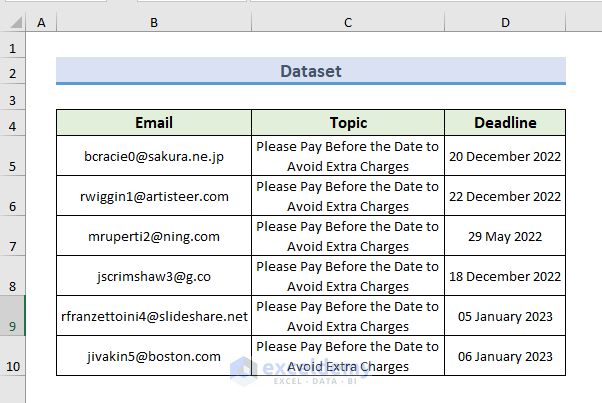
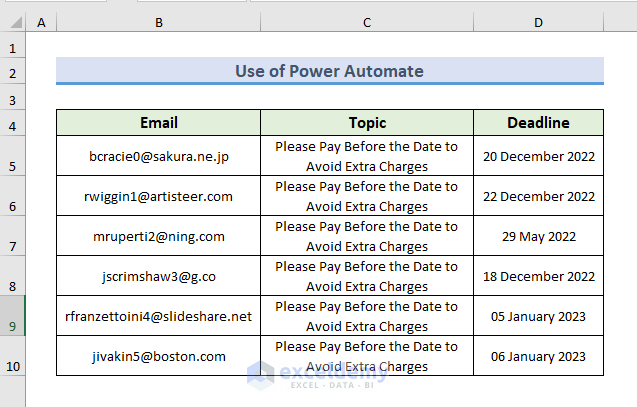
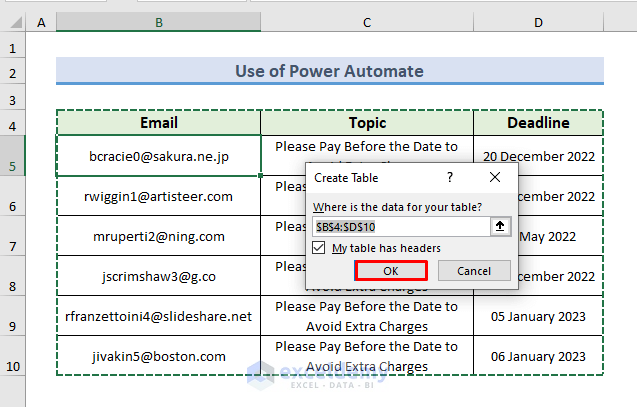
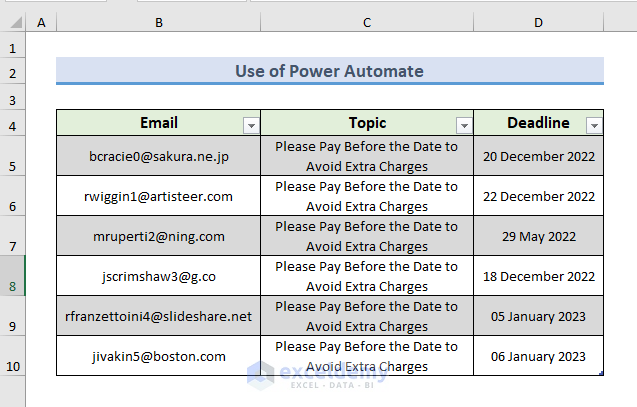
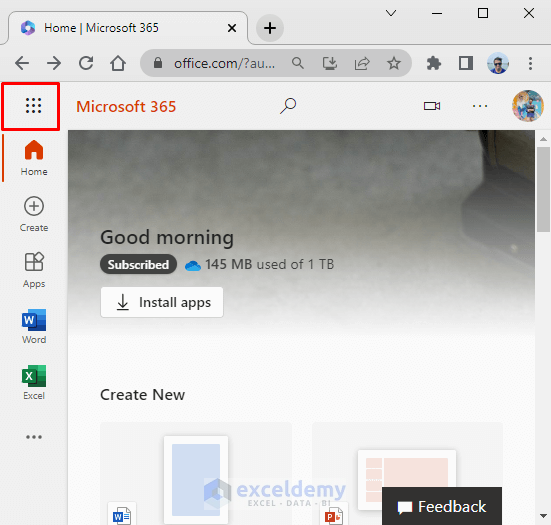
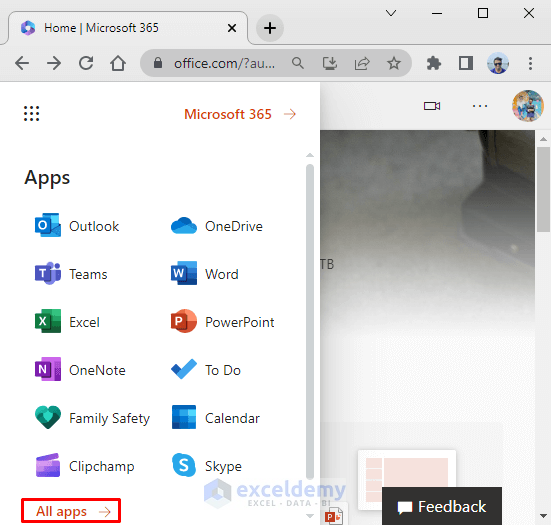
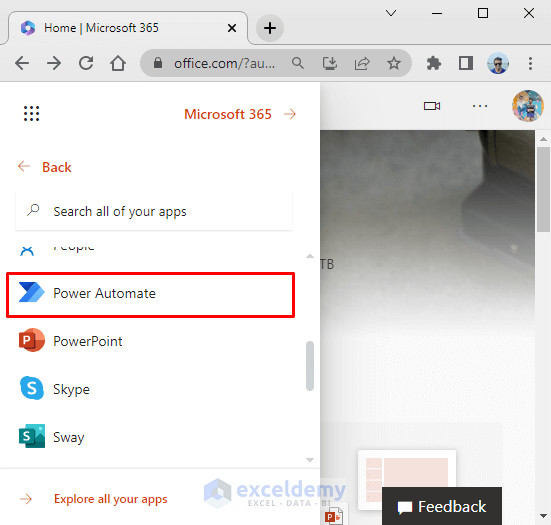
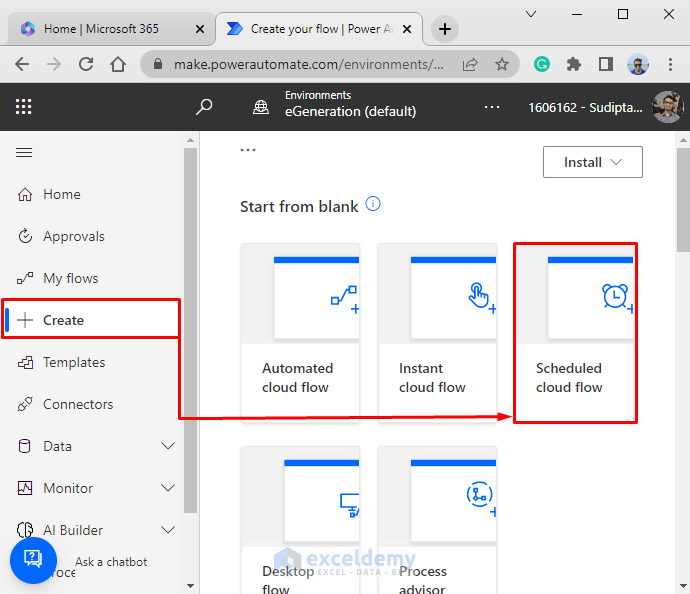
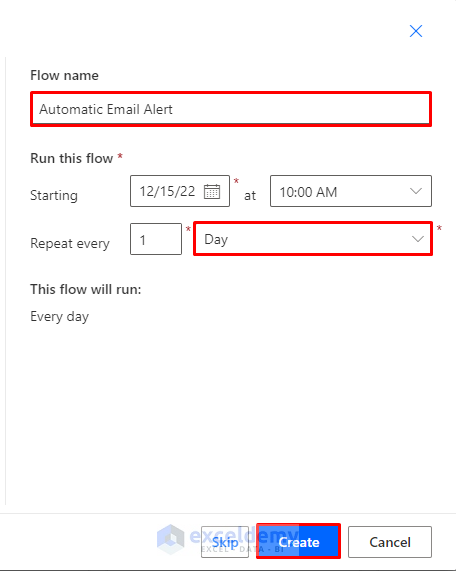
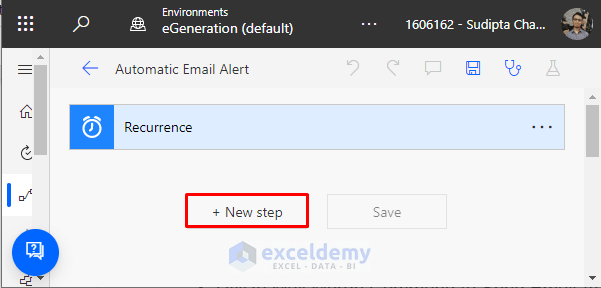
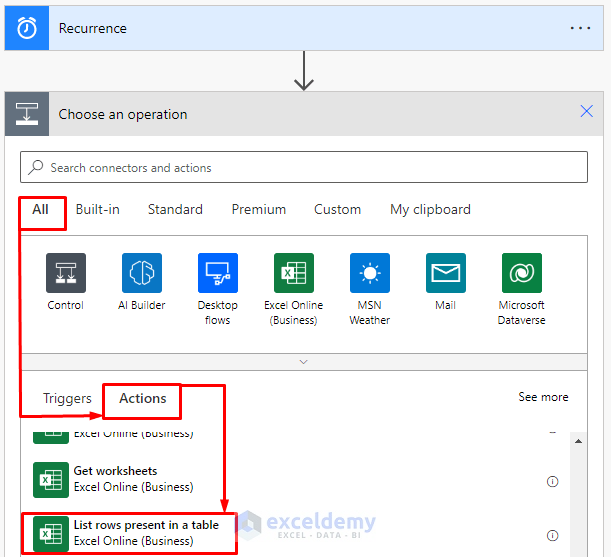
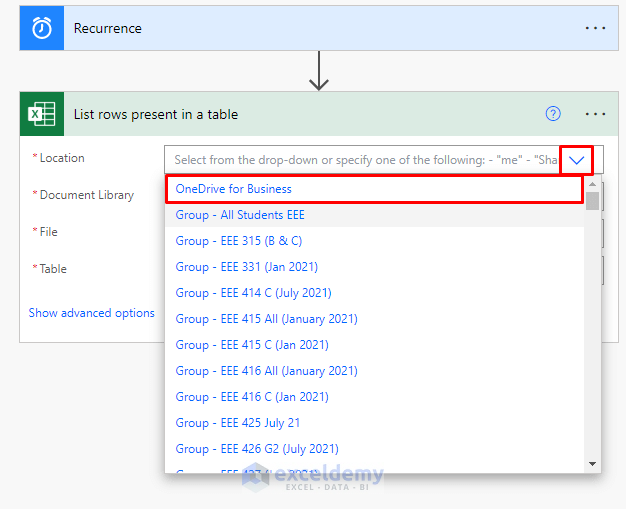
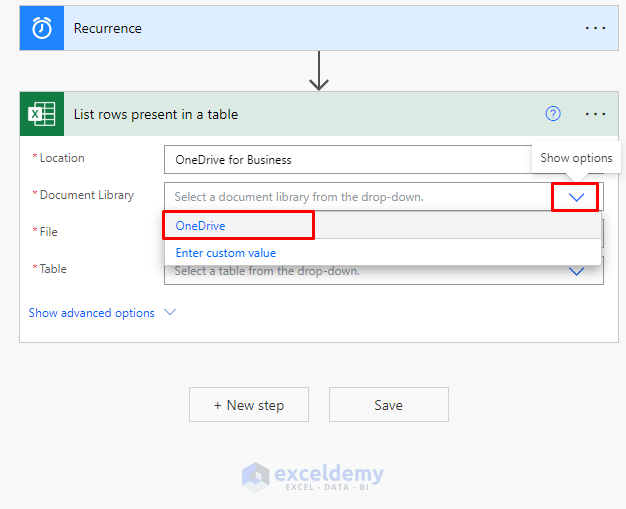
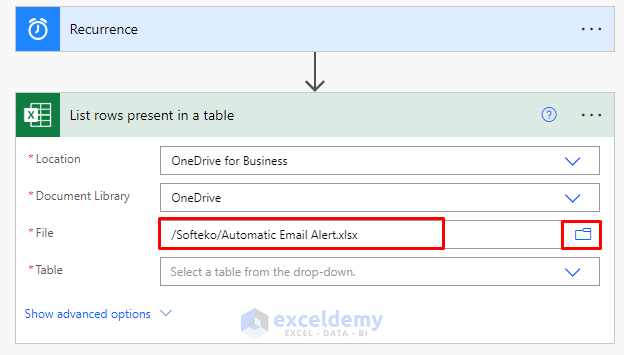
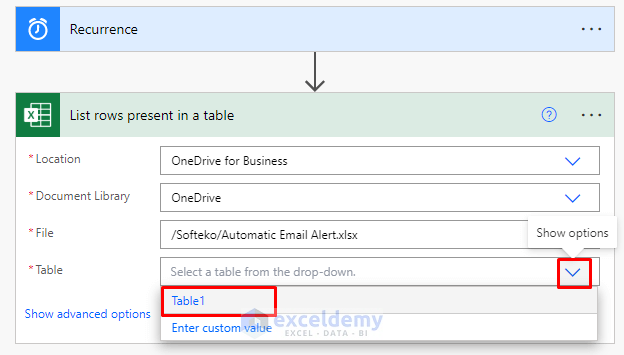
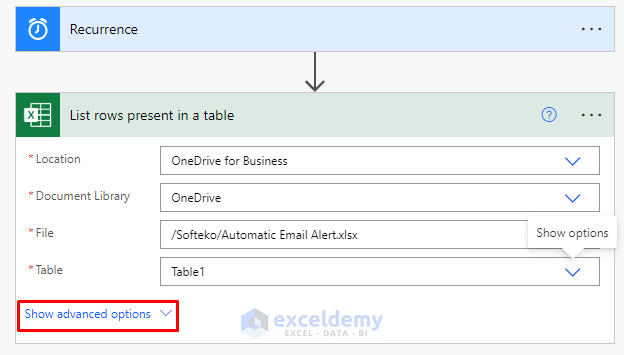
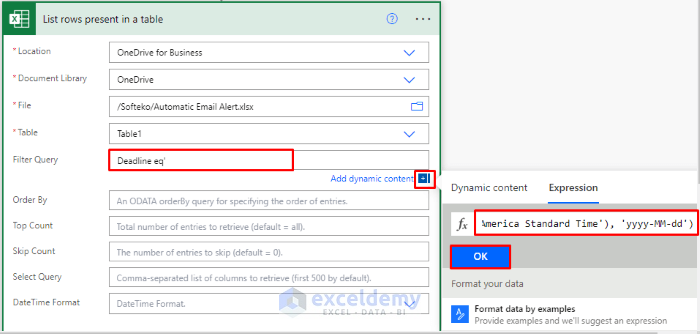
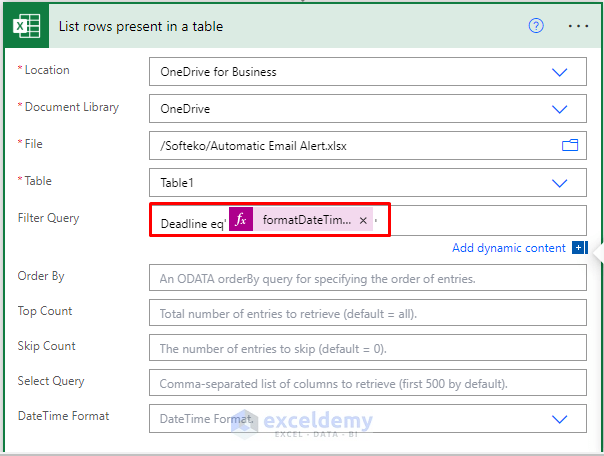
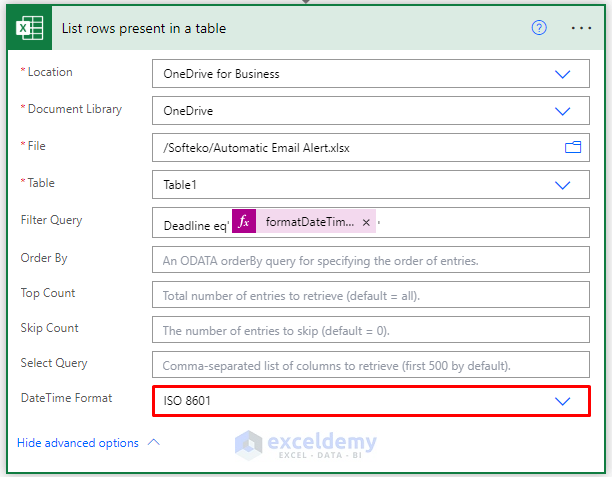
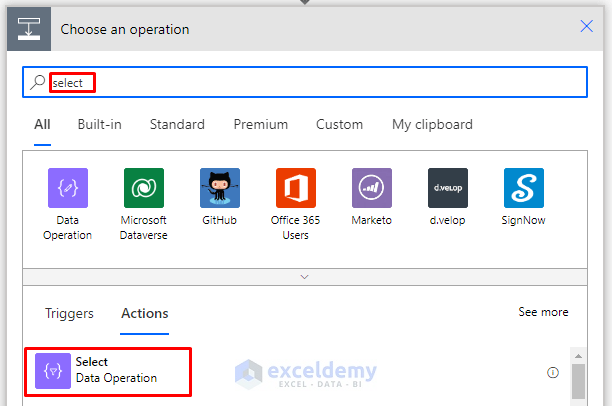

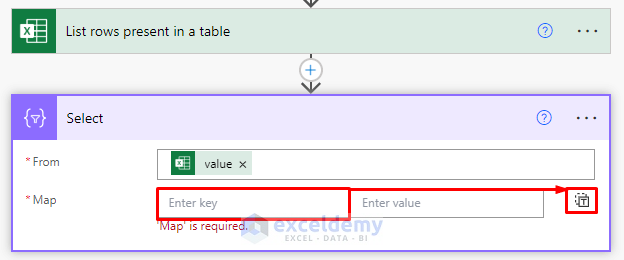
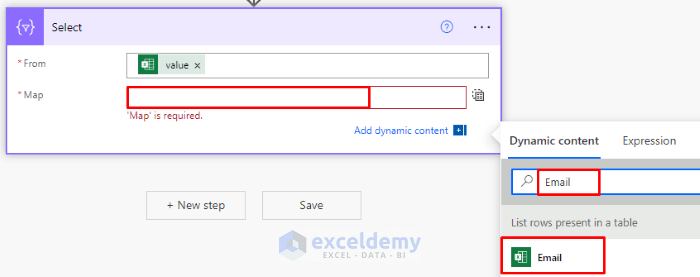
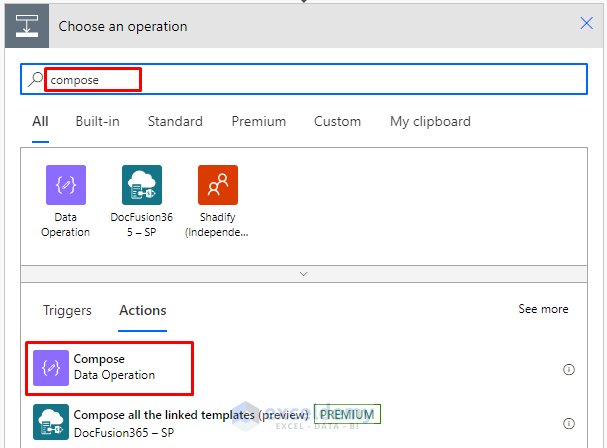

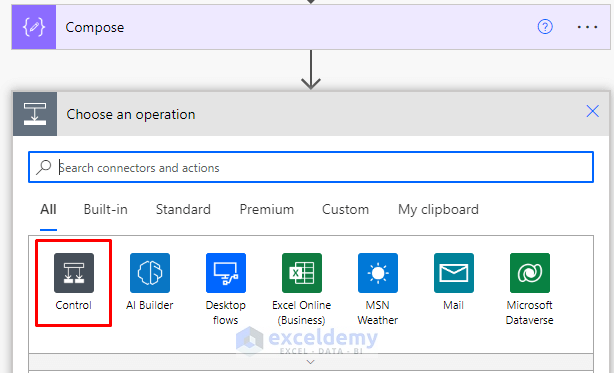
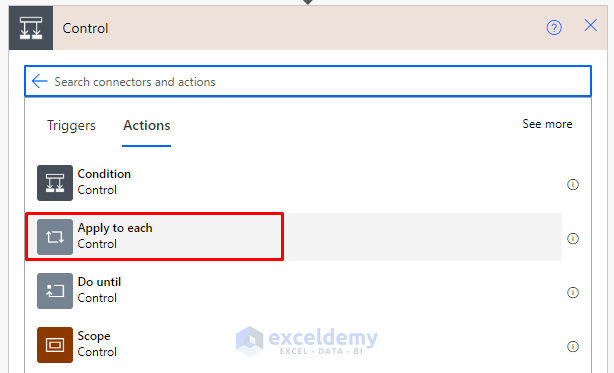
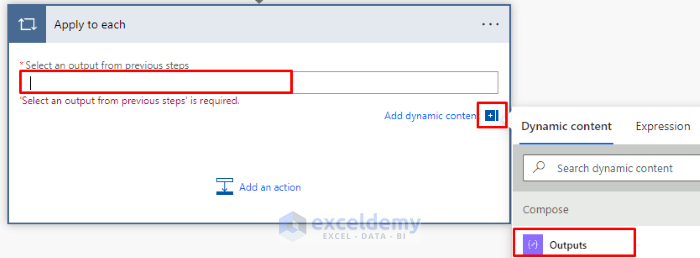
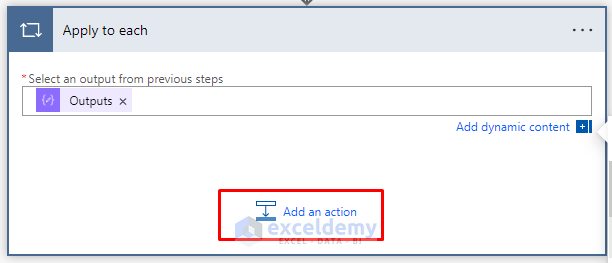
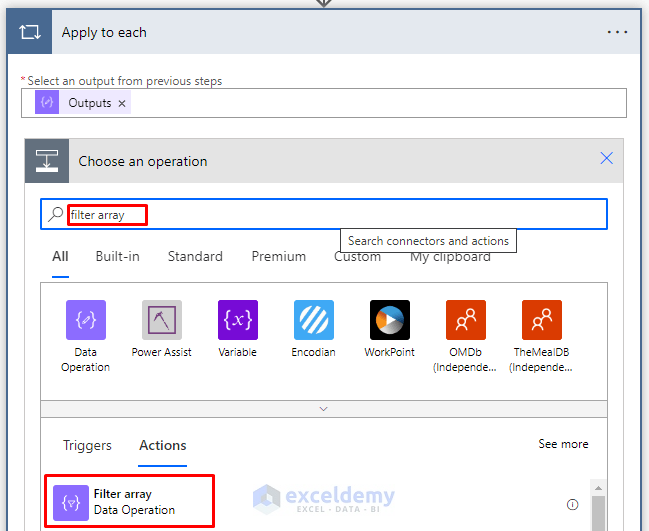
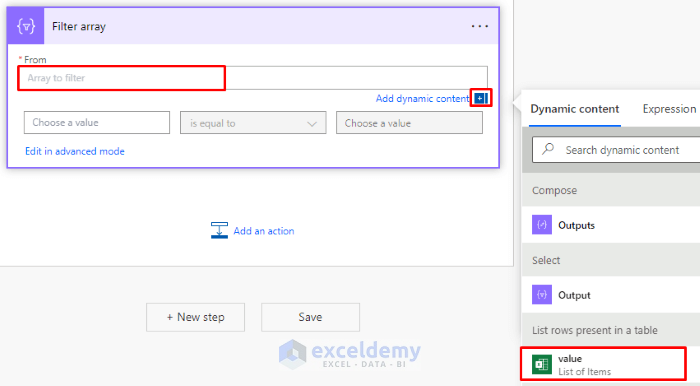
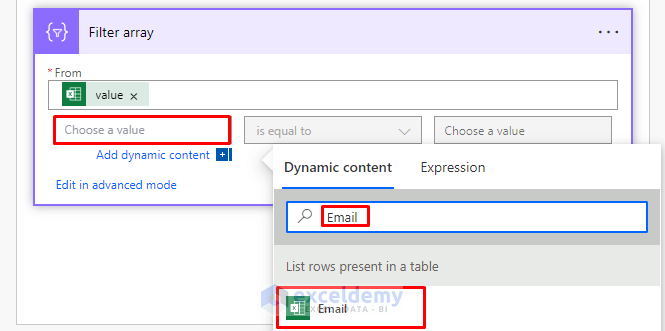

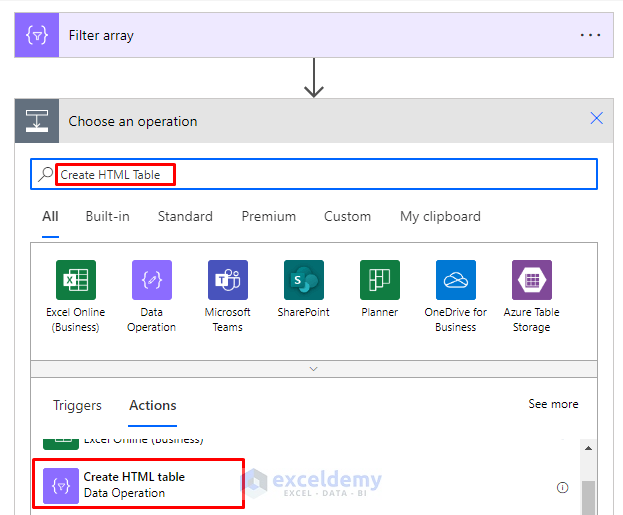
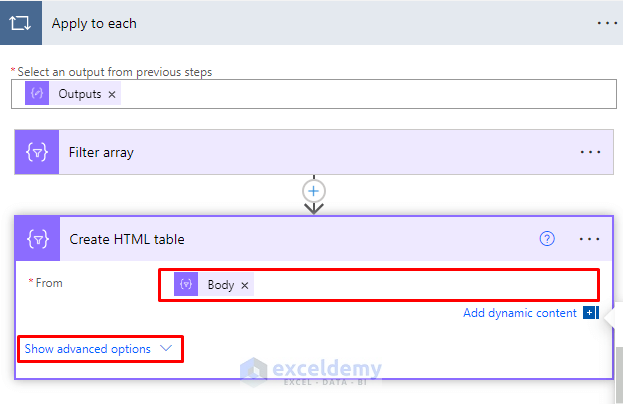
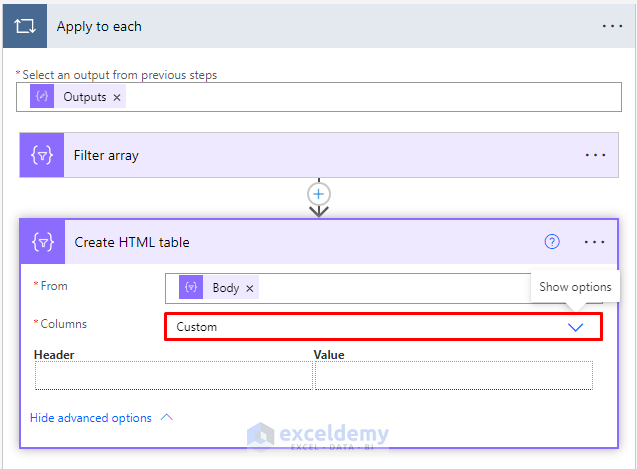
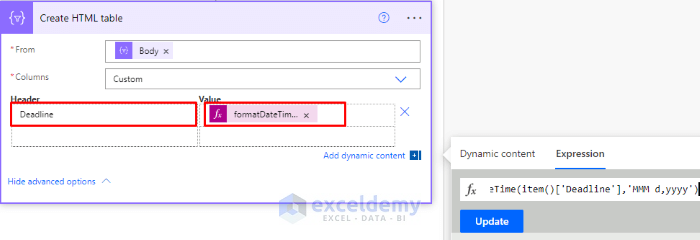
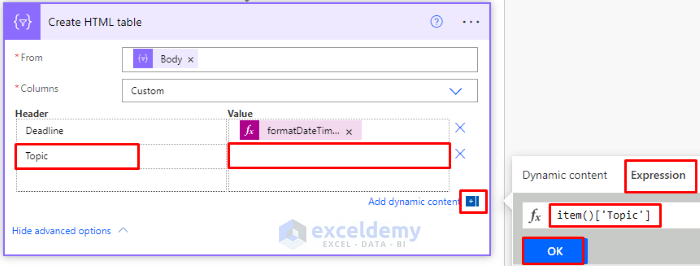
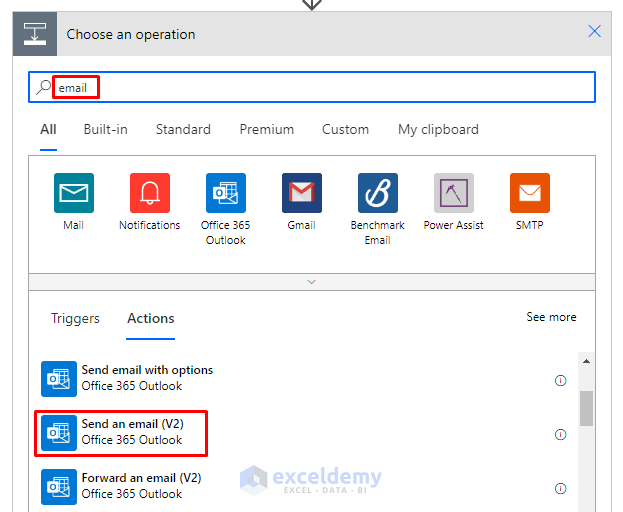
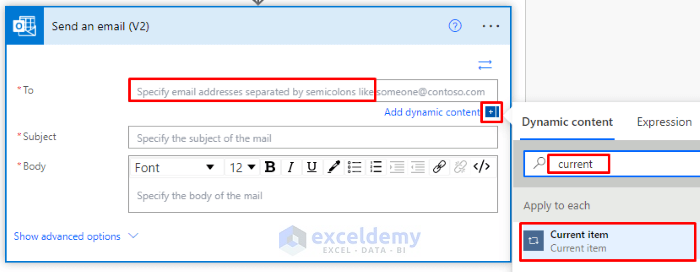
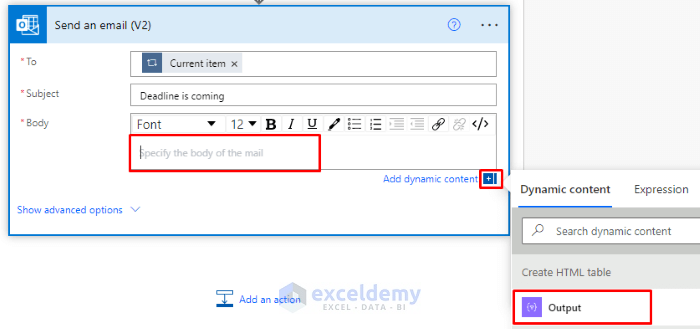
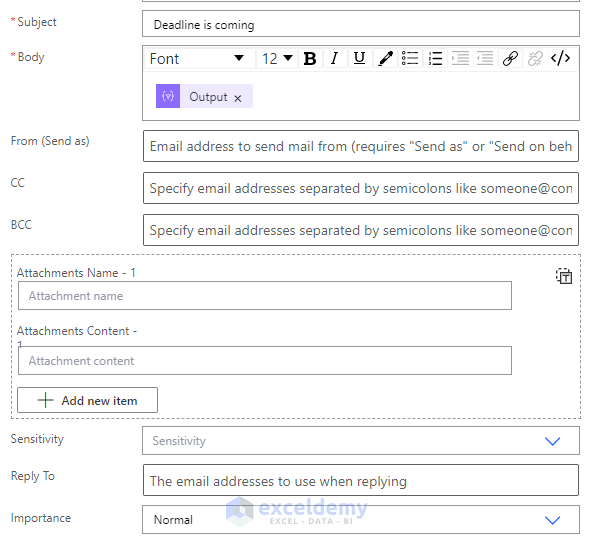
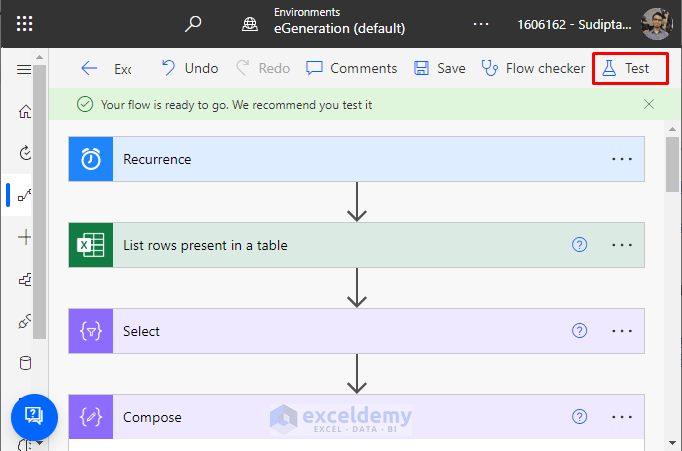
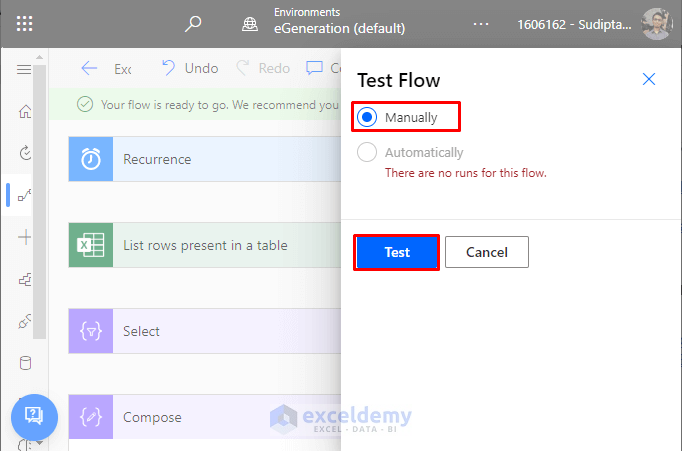

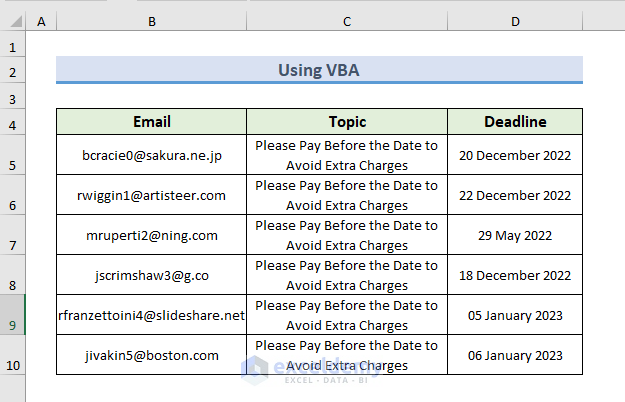

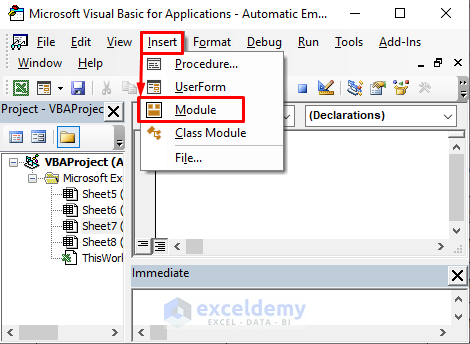
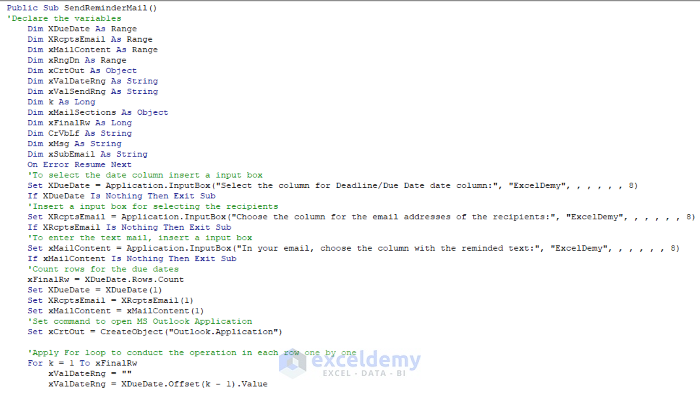
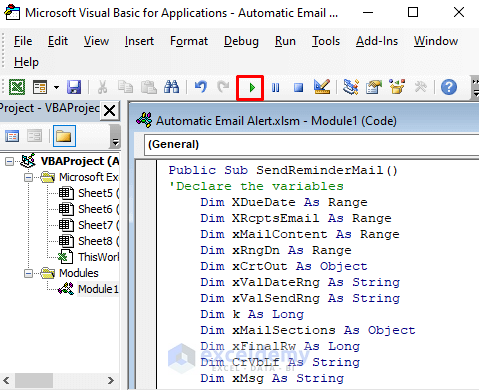
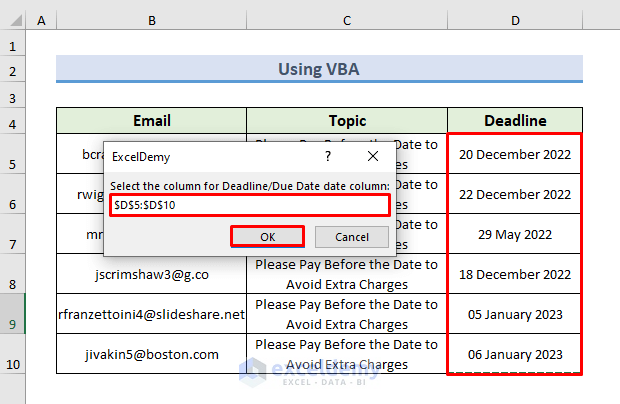
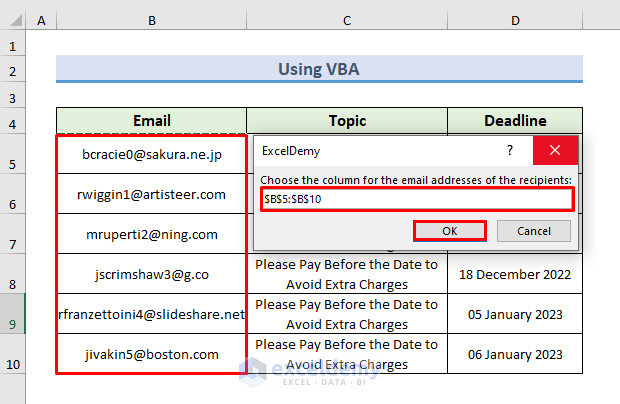
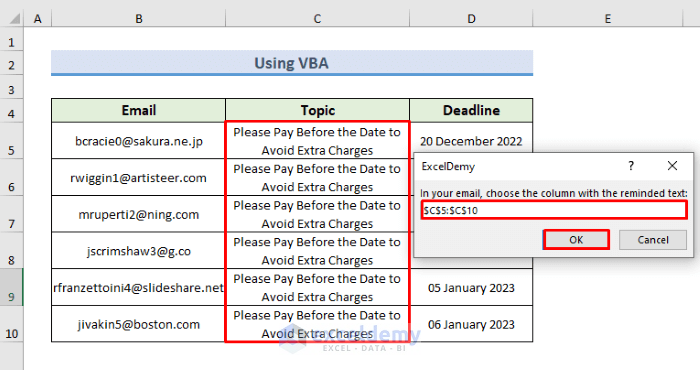
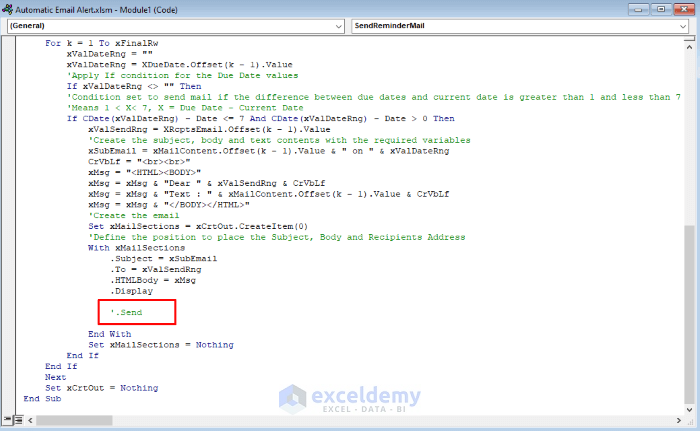
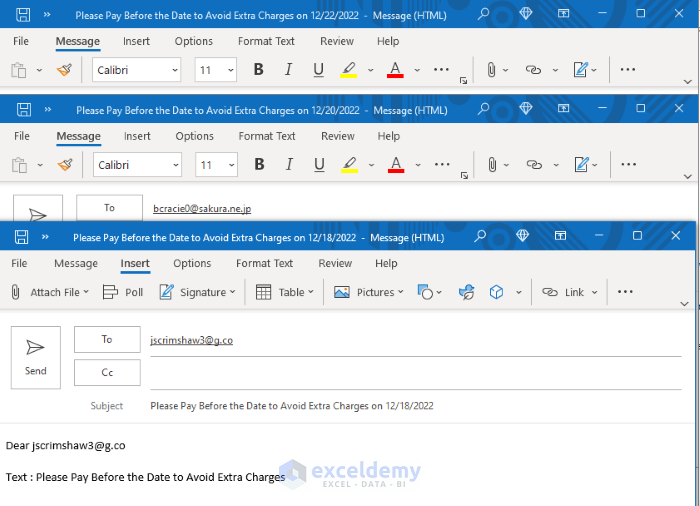



Hi,
I have tried to use the VBA code and it almost works perfectly.
However, I don’t receive an email every day as I should (I have made my own document that has consecutive dates). But when I run the VBA code then I receive all the emails that I should have received automatically.
Also, I have tried to copy the VBA code in Module1 (does not work) and also the Tabel1 sheet.
Is it meant to receive emails automatically?
Kind regards
Dennis
Thank you DENNIS for your comment.
The code is automatic since whenever you run it, you don’t need to check which deadlines are 1 to 7 days away from the current date. Also, the code creates a draft automatically. However, if you want to automate the whole process, you will have to modify the code slightly and create a task scheduler. Copy the following code and paste it into the VBA module:
Create a task-scheduler:
Now, follow the steps below to create a task scheduler:
1. Type “Task Scheduler” in the Windows search bar and press “Enter”.
2. In the right-hand Actions pane, click on “Create Basic Task”. Set a name and description for your task.
3. Choose Daily in the “Trigger” option and Start a Program in the “Action” part.
4. In the Program/Script box, give the directory of “excel.exe” file.
5. In the “Add arguments” field, specify the full path to your Excel file.
6. Click “Finish.”
Hopefully, following the steps above, you will be able to perform your desired task.
Regards
Md Junaed Ar Rahman
good day, I have tried this code, and it does not work. the first code worked great, except it does not send automatically. how can i get it qutomaticly?
Hello Isaac Chavez
Thanks for visiting our blog and sharing your problem. I have developed an Excel VBA Sub-procedure that automatically sends emails.
SOLUTION Overview:
All you need to do is to click on Allow when the Microsoft Outlook dialog box appears.
Excel VBA Sub-procedure:
When testing the sub-procedure, I accidentally emailed you by pressing Allow in the Microsoft Outlook dialog box. Please ignore that. I hope the sub-procedure will fulfil your goal; good luck.
Regards
Lutfor Rahman Shimanto
Excel & VBA Developer
ExcelDemy
Everything works great for 2. Send Automatic Email Alerts from Excel Worksheet Using VBA.
Now how do I get it to generate automatically daily without having to physically go into excel and manually run macro.
Dear Issac
Thanks for letting us know that the previously provided SendEmails sub-procedure worked on your side. Now, you want to automate this task daily. To achieve this, you create a Workbook_Open event and call the SendEmails sub-procedure. Later, you must use the Task Scheduler to open the workbook daily at a particular time. I have improved the SendEmails sub-procedure and created a solution to your problem using the mentioned idea.
Follow these steps:
Hopefully, you have found the ultimate solution to your requirements. I have attached the solution workbook; good luck.
DOWNLOAD SOLUTION WORKBOOK
Regards
Lutfor Rahman Shimanto
Excel & VBA Developer
ExcelDemy
Hello,
I have the routine for “Public Sub SendReminderMail()” working correctly, however I would like to add an additional filter to the data. Along with returning dates between 0 and x days, I would like it to further filter that dataset by only returning dates in that range and also the corresponding cell in column O is blank (=””). How would I add that?
would it be an “AND” statement in the following line:
If CDate(xValDateRng) – Date 0 Then…
Hi Lutfor,
I can also confirm the SendEmails sub-routine works well. I was trying without success to modify it with another qualifier: as well as returning the values for dates between the declared range (i.e. 0 to 14 days), I would like to further filter the dataset if a respective cell in another column for the returned dataset row was blank (“”). For example, if my Date range is (“A2:A50”), and my Document submittal Date range is (“B2:B50”), I’m trying to send emails where the value in column “A” is within the date range “and” the value in column “B” is blank (“”).
What would that syntax look like?
Thanks!!
Hello Greg
Thanks for visiting our blog and informing us that the previous solution worked perfectly. You want to filter the data that includes the date falling within the specified date range (0 to 14 days). Also, you want to include the rows where the document submittal date is blank.
I have come up with an Excel VBA code. You can try it; if needed, make changes to fulfil your goal.
SOLUTION Overview:
Excel VBA Code:
I have attached the solution workbook; good luck.
DOWNLOAD SOLUTION WORKBOOK
Regards
Lutfor Rahman Shimanto
Excel & VBA Developer
ExcelDemy
Hi! The code doesn’t open my MS Outlook after running the code.
I have a mac and run the lastest software. Does it also work on a MAC?
Thank you!
Lukas
Hello Lukas Cenjar,
This VBA code won’t work on MAC but here we are giving you a sample code that might work on MAC. We updated our existing code based on MAC requirements.
1. We used AppleScript to interact with the Mail application on macOS to create and send the email.
2. Then, used MacScript to run AppleScript commands from VBA to handle Mac-specific scenarios.
Regards
ExcelDemy